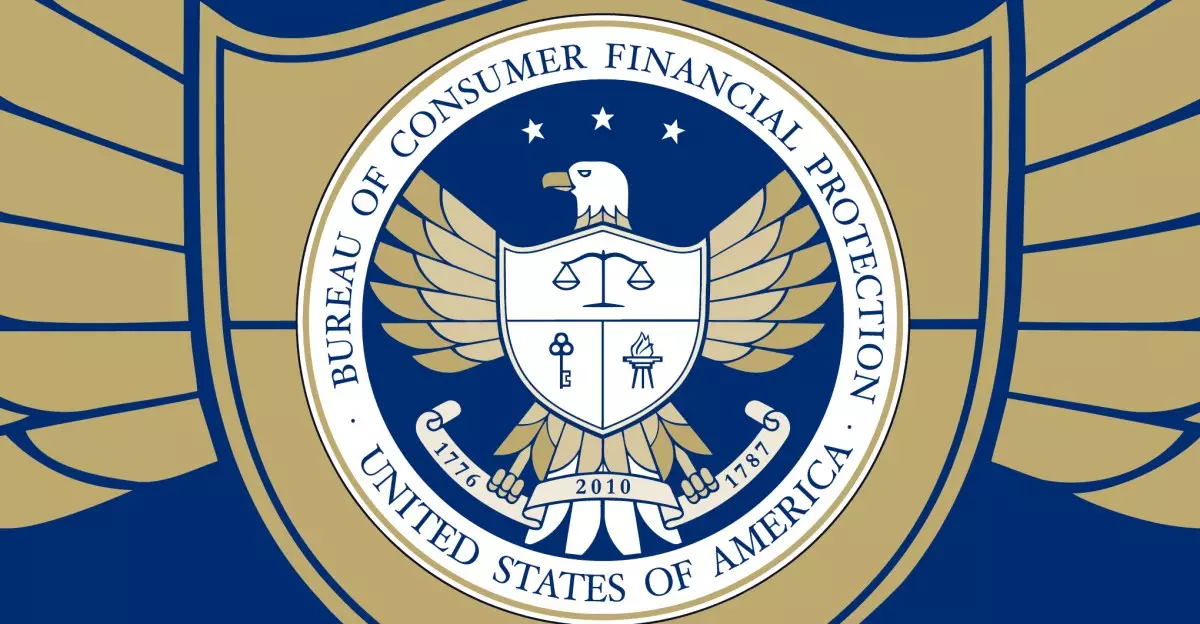In a striking turn of events, several employees at the Consumer Financial Protection Bureau (CFPB) have found themselves caught in the crosshairs of bureaucratic struggles and legal battles. Initially terminated amid a wave of staff cutbacks linked to a controversial initiative spearheaded by Elon Musk’s Department of Government Efficiency, approximately 70 probationary employees were reportedly returned to their positions following a judicial mandate. However, this reinstatement is anything but straightforward, reflecting a convoluted reality that many government workers currently face.
The decisions made within the CFPB, a pivotal agency designed to safeguard consumers from financial malfeasance, raise questions about the true stability of these so-called “reinstatements.” While letters dispatched to affected employees indicate a formal return to their roles—with promises of backpay and a clean slate in their personnel files—many are still figuring out what “returning to work” actually entails. The pervasive administrative leave status for many has cast a shadow over the agency’s operations, leaving employees with lingering uncertainties about their roles and the agency’s mission.
Implications of Administrative Leave
Being on administrative leave presents a paradox for the reinstated employees. While the agency has acknowledged their roles and promised compensation, the reality is that those employees are simultaneously excused from performing their duties. This situation is emblematic of the precariousness that government employees often face, particularly in an environment charged with such significant political machinations.
The ambiguity of their reinstatement begs critical questions about the future of these employees and the agency itself. How can individuals effectively contribute to an agency’s mission when they are effectively sidelined, without the necessary tools or access to their work environments? Without laptops and essential systems back in hand, the ability to perform the very responsibilities they were brought back for is questionable at best. Such dissonance could not only lower morale but also impede the effective functioning of the CFPB, which is already grappling with internal challenges and public scrutiny.
The Broader Context of Government Efficiency Initiatives
The situation at the CFPB does not exist in a vacuum; it is part of a broader narrative of contentious government efficiency initiatives that have come under fire recently. The motive behind these aggressive cuts ties back to broader ideological shifts in government operation, aimed at streamlining services but often at great human cost. As mentioned, a union representing the CFPB employees has fought back against attempts to undermine its structure, reflecting a significant struggle between policy objectives and employee rights.
Critics argue that cutting nearly one-third of the workforce not only threatens to destabilize the agency but also undermines its foundational mission to provide consumer protection. The turbulent sequence of mass terminations followed by rapid reinstatement speaks to an organization in crisis, struggling to balance efficiency with accountability. Amidst all this chaos, acting chief human capital officer Adam Martinez suggests that the agency’s new leadership represents a glimmer of hope. Still, hope alone does not resolve the fundamental issues of trust and operational integrity that must be restored if the CFPB is to function effectively.
The Perils of Leadership and Accountability
Martinez’s recent testimony in federal court illustrates the tension between current leadership and previous directives that led to mass firings. With allegations that the Trump administration sought to dismantle the agency, the narrative isn’t just about one agency but reflects national worries about the stability of consumer protections and democratic institutions. When leadership instills fear among employees about job security, it disrupts not only the workplace culture but also the external confidence in the agency’s purpose.
As reinstated employees await definitive guidance from HR about their status, the tumultuous atmosphere created by strapping cuts and uncertain futures portends an ethically precarious reality not only for the CFPB but potentially for other governmental bodies as well. The push and pull between operational efficiency and the complex human aspects of employment create a battlefield rife with contention, where the definitions of success and functionality are redefined in real-time.
While the CFPB navigates these ongoing challenges, it remains vital to recognize the human stories behind policy decisions, as they are often overlooked in bureaucratic dialogues. For employees faced with uncertain futures, the resilience shown amidst adversity fundamentally shapes both their individual careers and the agency’s trajectory as a whole.


Leave a Reply
You must be logged in to post a comment.